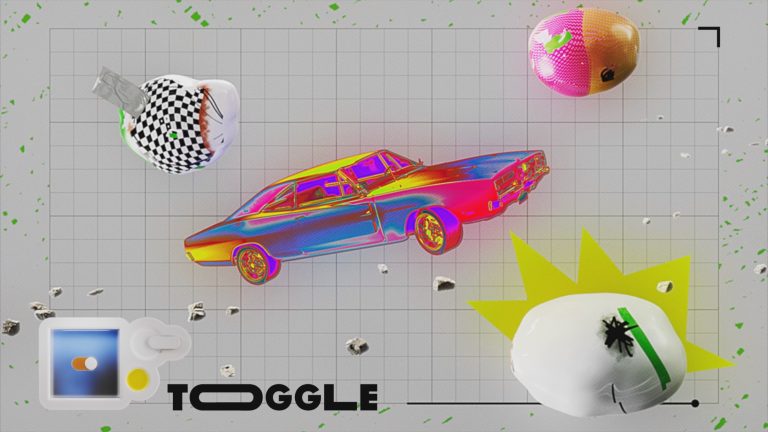What is motion design? Toggle Studio is here to share their unique perspective and shed light on the dynamic field of visual storytelling. By blending traditional techniques with modern technology, they redefine how stories are told across various industries.
hube: What is motion design, and how would you describe its significance in visual storytelling across various industries?
Toggle Studio: In simple terms, motion design is about adding movement or animation to graphic design. But to put it more casually, it’s like weaving stories using abstract visuals.
h: How does Toggle Studio approach motion design differently from other creative studios?
TS: Most studios set themselves apart by their techniques or the types of content they create (like music videos, advertisements, etc.). What makes Toggle different is that we’ve chosen not to confine ourselves to just one thing, such as exclusively doing 3D graphics or focusing solely on advertising. For us, it’s all about starting with the project’s core meanings and then deciding which tools to use from there. The real thrill for Toggle comes when a project lets us experiment and push the boundaries, keeping things fresh and exciting.
That’s why our core team at Toggle comprises individuals who specialise in visual storytelling, handle art direction and manage the process. At the same time, we bring in additional creative talents as needed for specific projects. This setup keeps us open to collaborating with new people, each bringing their own unique flair to the table. Trying to squeeze creative minds into rigid frameworks often stifles their brilliance. It is very important to us that the talents who work with us enjoy collaborating on our projects. We don’t see Toggle as just a workplace where talented individuals are confined; it’s more like a dynamic community where professionals come together, interact and clients reap the benefits of our collective talents.

